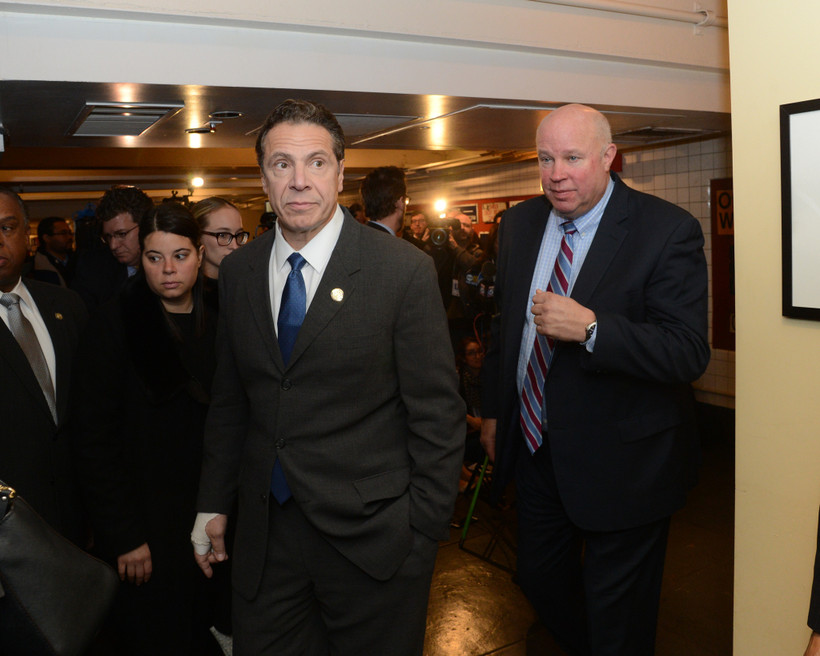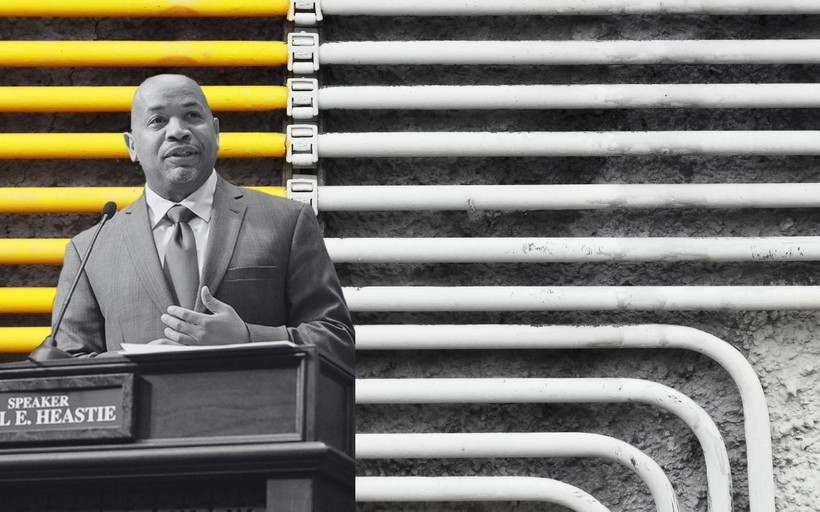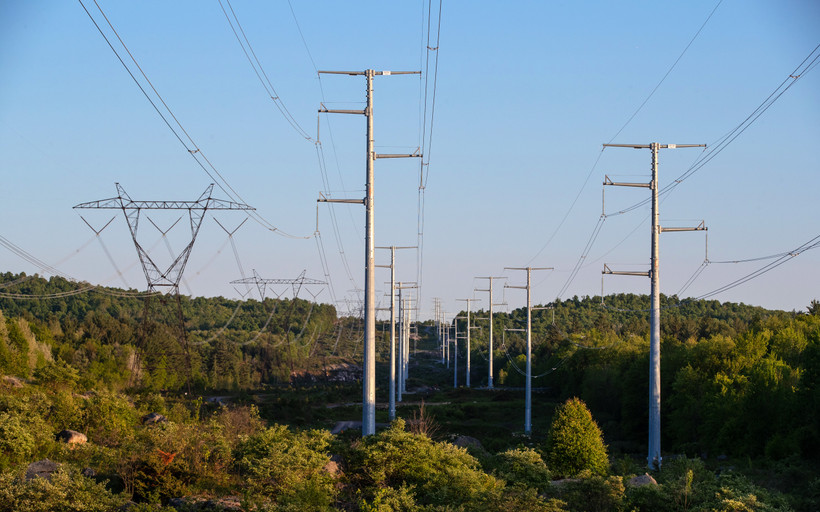Cuomo Pushes to Weaken Ban on Toxic Foam Burning
Behind the scenes, Cuomo is pushing amendments to unanimously passed legislation that would allow the executive branch to lift the ban.


The Assembly rejected legislation that would have sped up New York’s transition away from gas.
Low-wage manual laborers can sue to make their bosses pay them weekly. Hochul’s late-breaking budget addition may undermine that right.
New York’s transparency watchdog found that the ethics commission violated open records law by redacting its own recusal forms.
The Assembly and Senate want to beef up labor standards and farmland protections for clean energy projects. Developers say that would slow down the energy transition.
State investigators accused the gas utility of “sloppiness” in managing customer funds, but took a light touch in enforcement.
What are industrial development agencies?

